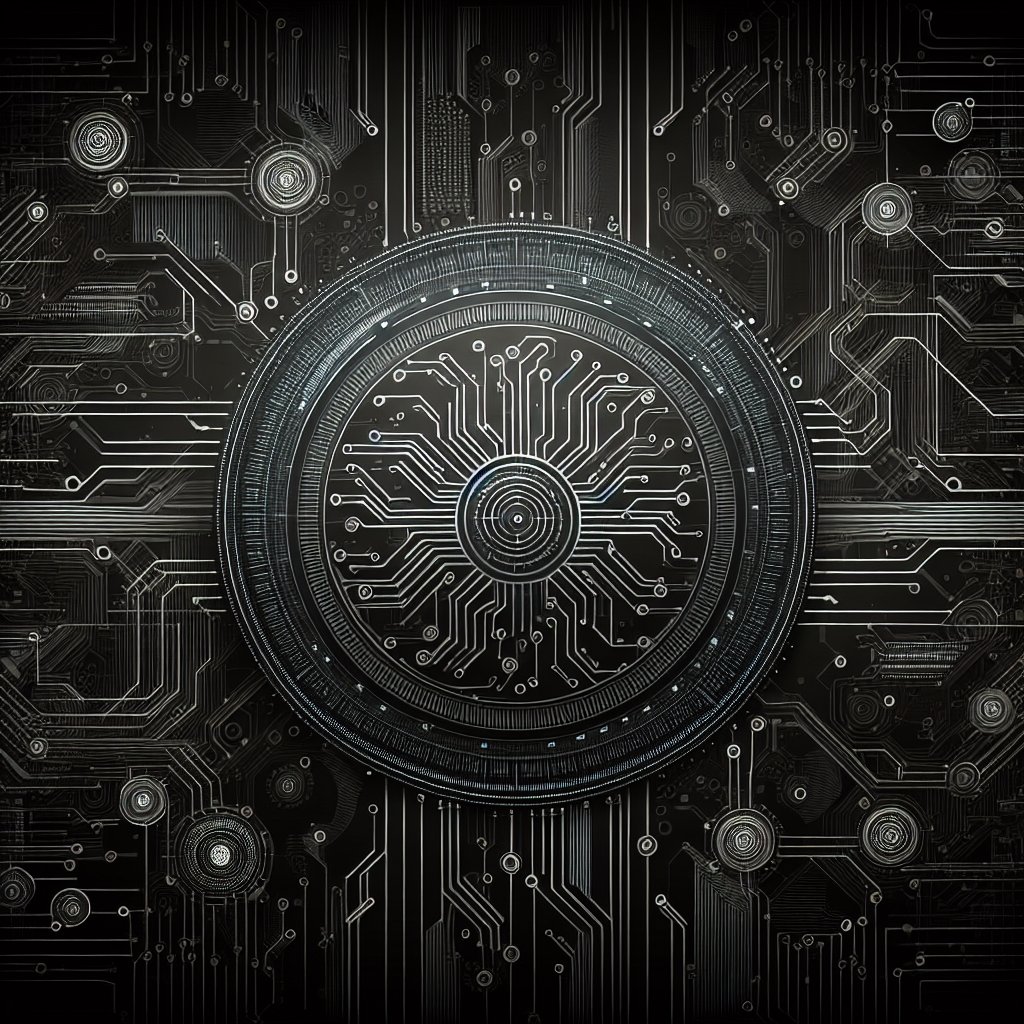The $300 Billion Milestone: A Surveillance Capitalism Victory
Tokenized real-world assets (RWAs) have surged to nearly $300 billion, a figure that was not expected until 2030. This rapid expansion is driven by stablecoins like USDT and USDC, primarily on Ethereum and Tron. But behind this growth lies a darker narrative: the increasing integration of financial systems into blockchain networks, which are increasingly under the control of tech giants and shadowy financial entities. These networks, while promising efficiency and global reach, also enable unprecedented surveillance and control over every transaction, turning financial freedom into a distant memory.
The rise of tokenized RWAs is not merely a financial revolution but a step towards a dystopian future where every asset can be monitored and manipulated. Larry Fink of BlackRock heralds this as a ‘revolution’ in investing, envisioning a world where ‘every asset can be tokenized.’ Yet, this vision ignores the privacy erosion and potential for algorithmic manipulation inherent in such systems. As financial transactions move onto blockchain rails, they become part of a vast surveillance infrastructure that tracks and records every move, feeding into the data feudalism that dominates our digital age.
Beyond Stablecoins: The Tokenization of Everything
Stablecoins are just the tip of the iceberg. The tokenization wave now encompasses on-chain funds, treasuries, bonds, and even commodities. Coinbase’s launch of Mag7 + Crypto Equity Index Futures marks a significant step towards merging traditional equities with crypto, creating a new hybrid financial product. This move is part of a broader trend where every asset class, from government bonds like Ondo USDY and BlackRock’s BUIDL to gold tokens such as PAXG, is being tokenized and traded on decentralized platforms.
The tokenization of commodities is equally alarming. Over $2.5 billion in digital gold, $500 million in tokenized oil, and millions in tokenized silver, agricultural goods, and carbon credits are now circulating on blockchain networks. These assets, while promising liquidity and accessibility, also become part of a surveillance net that can track ownership and movement, enabling corporate and governmental control over resources. The democratization of access to these assets comes at the cost of privacy, as every transaction is logged and potentially accessible to those with the power to exploit this data.
24/7 Access: The Illusion of Financial Freedom
The promise of 24/7 access to traditional financial assets through tokenization is seductive. It offers the illusion of democratized finance, with fractional shares and instant settlement. However, this convenience masks a deeper reality: the loss of control over one’s financial destiny. Every transaction is traceable and programmable, managed on decentralized platforms that are, in turn, controlled by powerful entities. This setup fast-tracks liquidity and efficiency at the expense of privacy and autonomy.
As funds and institutional assets move on-chain, the financial system is not just stepping off Wall Street but into a global, programmable network that can be manipulated by algorithms and controlled by tech giants. The $300 billion milestone is a testament to the growing power of these entities, who can now influence markets and individual financial decisions on a scale previously unimaginable. The financial system’s shift to blockchain networks is not just about efficiency; it’s about control.
The Future: A Dystopian Financial Landscape
The tokenization wave is set to expand further, encompassing real estate, private credit, and markets yet to be imagined. This future, while open and frictionless, is also unstoppable in its potential for abuse. The next chapters of tokenization will likely see even more assets digitized, increasing the reach of surveillance capitalism and techno-authoritarianism. The financial system is evolving into a tool of control, where every asset and transaction can be monitored, manipulated, and exploited.
In this dystopian financial landscape, the promise of efficiency and accessibility is overshadowed by the reality of surveillance and control. The tokenization of assets is not just a technological advancement but a step towards a future where financial freedom is an illusion, and every move is watched and recorded. The financial revolution is here, but it is one that serves the interests of those in power, not the average citizen.
Meta Facts
- •💡 Tokenized real-world assets have reached nearly $300 billion, primarily driven by stablecoins on Ethereum and Tron.
- •💡 Over $2.5 billion in digital gold and $500 million in tokenized oil are circulating on blockchain networks.
- •💡 Use decentralized platforms like Monero or Zcash for transactions to maintain some level of privacy in a tokenized world.
- •💡 Blockchain networks enable algorithmic manipulation of asset prices and trading patterns, potentially controlled by tech giants.
- •💡 Implement cold storage solutions for digital assets to protect against surveillance and hacking attempts.

